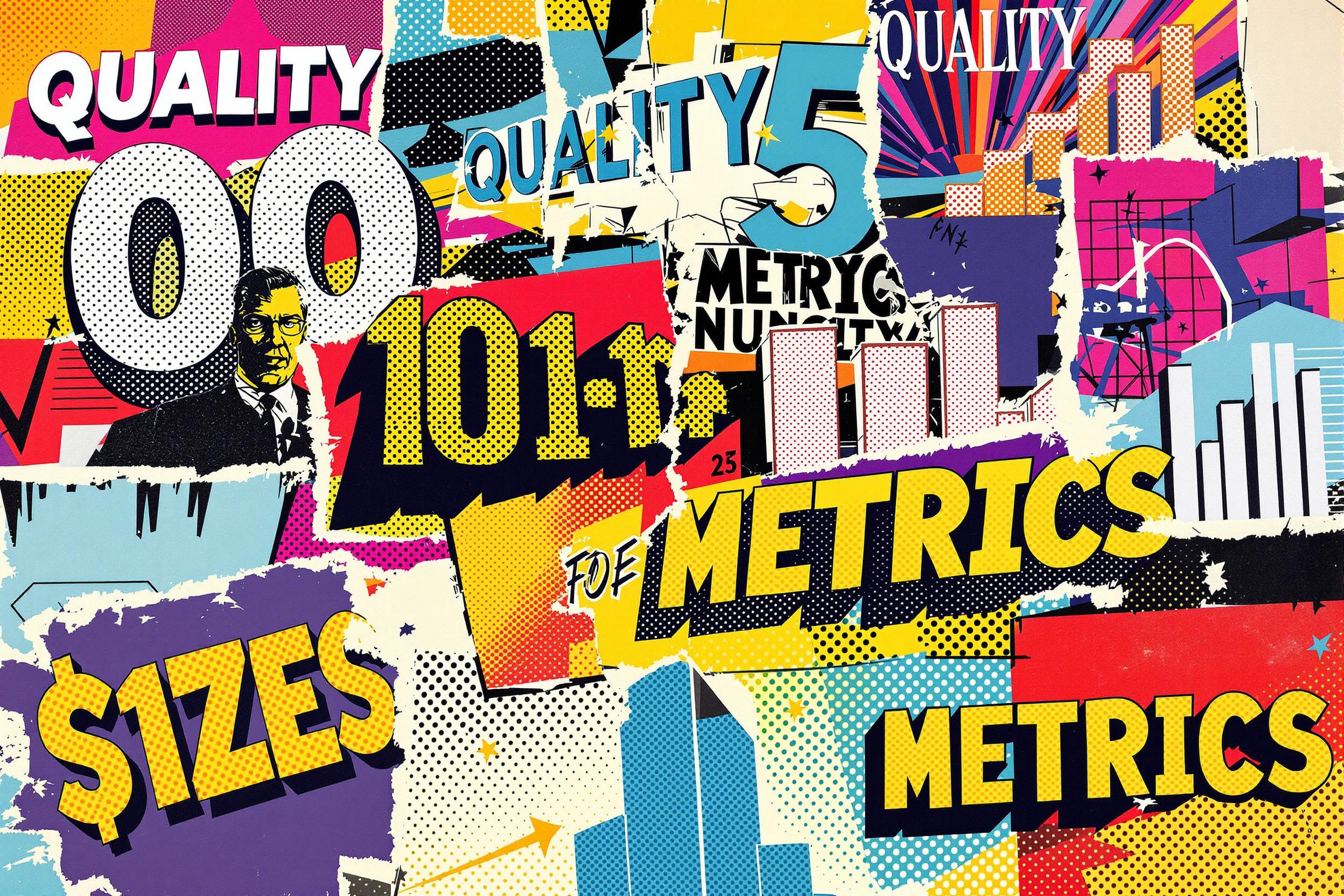
Quality Control
Quality Control in professional cooking means checking and maintaining food standards throughout the cooking process. It's like being a food detective who makes sure everything meets restaurant and safety standards. This includes checking ingredients when they arrive, monitoring food temperature, ensuring portion sizes are consistent, and making sure dishes look and taste the same every time they're served. Some restaurants might call this "food quality assurance" or "kitchen standards management." This role is crucial in maintaining a restaurant's reputation and ensuring customer satisfaction.
Examples in Resumes
Implemented Quality Control measures that reduced food waste by 25%
Developed Quality Control checklists for food preparation and storage
Trained kitchen staff on Quality Control procedures and food safety standards
Led daily Quality Control inspections of incoming ingredients
Typical job title: "Quality Control Specialists"
Also try searching for:
Where to Find Quality Control Specialists
Professional Associations
Online Communities
Job Resources
Example Interview Questions
Senior Level Questions
Q: How would you implement a quality control system in a large kitchen operation?
Expected Answer: A senior candidate should discuss creating comprehensive checklists, training programs, documentation systems, and monitoring procedures. They should mention staff training, supplier management, and how to handle quality issues.
Q: How do you handle quality control during high-volume service periods?
Expected Answer: Should explain strategies for maintaining quality under pressure, including prep organization, staff delegation, quick inspection methods, and systems for maintaining consistency during rush periods.
Mid Level Questions
Q: What documentation systems do you use for quality control?
Expected Answer: Should describe experience with temperature logs, ingredient inspection sheets, cleaning schedules, and how to maintain organized records for health inspections.
Q: How do you ensure consistent portion control?
Expected Answer: Should explain using scales, portion scoops, standardized recipes, and training staff on proper measuring techniques and visual standards.
Junior Level Questions
Q: What are the basic temperature danger zones for food storage?
Expected Answer: Should know safe temperature ranges for hot and cold food storage, basic food safety principles, and proper temperature checking procedures.
Q: How do you check the quality of incoming produce?
Expected Answer: Should be able to explain basic inspection procedures for freshness, appearance, smell, and proper storage temperatures of common ingredients.
Experience Level Indicators
Junior (0-2 years)
- Basic food safety knowledge
- Temperature monitoring
- Simple quality checks
- Following standard recipes
Mid (2-5 years)
- Staff training on quality standards
- Documentation management
- Supplier quality management
- Problem-solving quality issues
Senior (5+ years)
- Creating quality control systems
- Managing large kitchen operations
- Developing training programs
- Crisis management
Red Flags to Watch For
- No knowledge of basic food safety temperatures
- Poor attention to detail in food presentation
- Lack of experience with documentation systems
- Unable to explain quality control procedures
Related Terms
Need more hiring wisdom? Check these out...

Global Compliance Checks: The Hidden Puzzle Pieces of Background Screening Revealed

Stop Chasing Unicorns: How to Finally Improve Candidate Quality Metrics (and Actually Enjoy Hiring)

Navigating Compliance: Structuring On-the-Job Training in Regulated Industries

